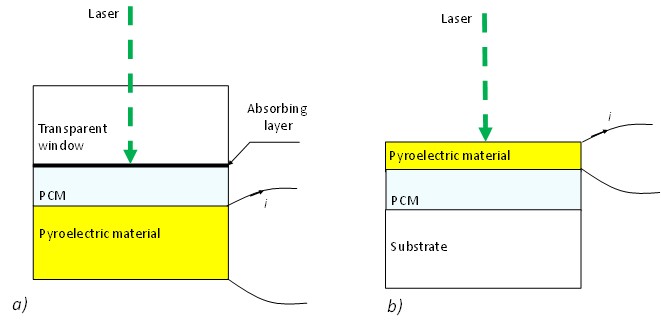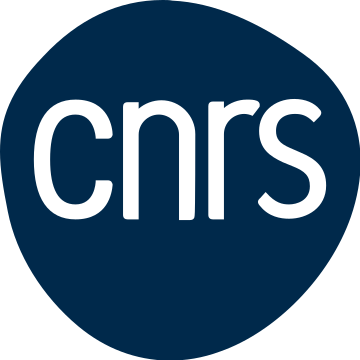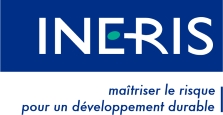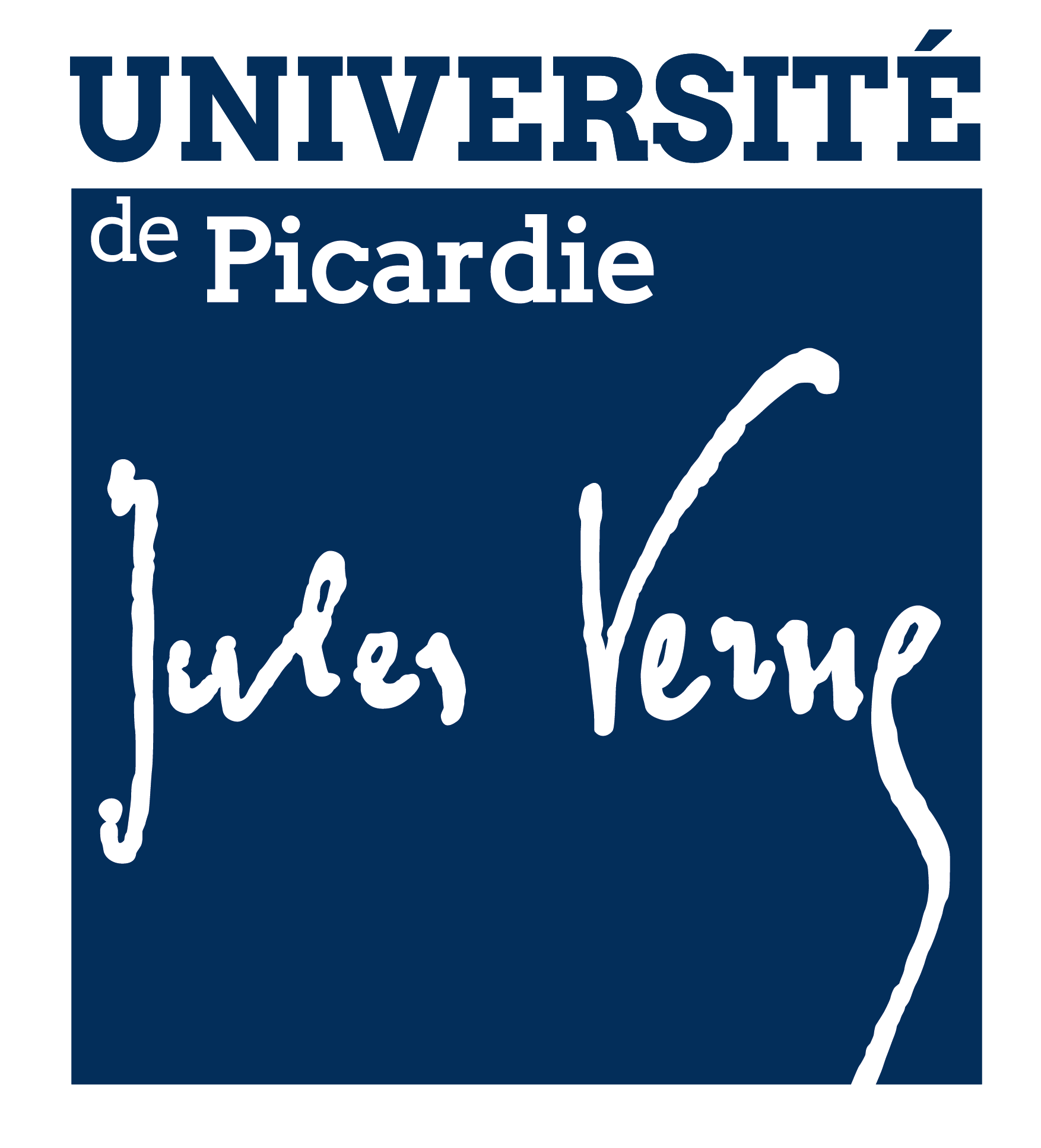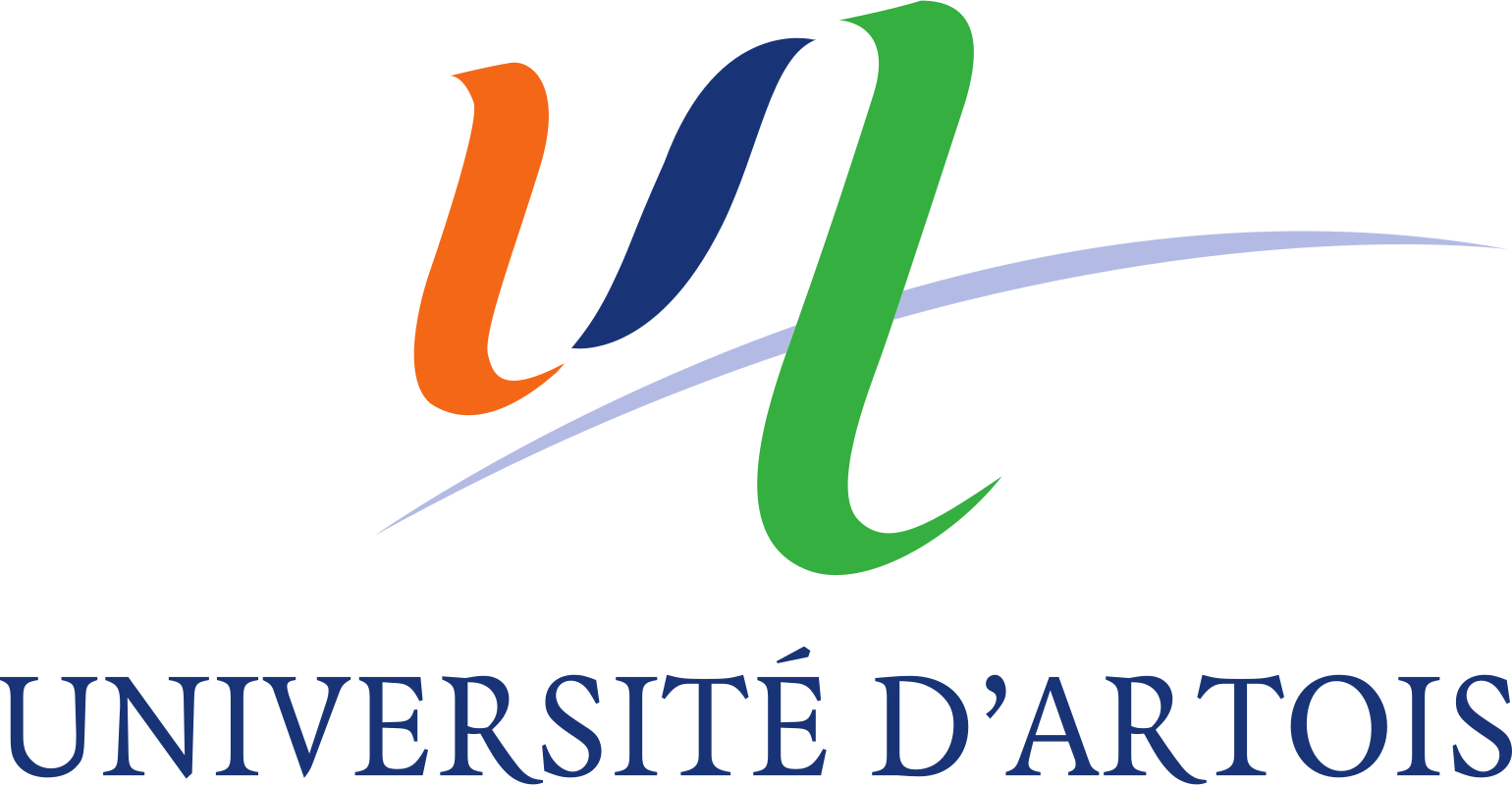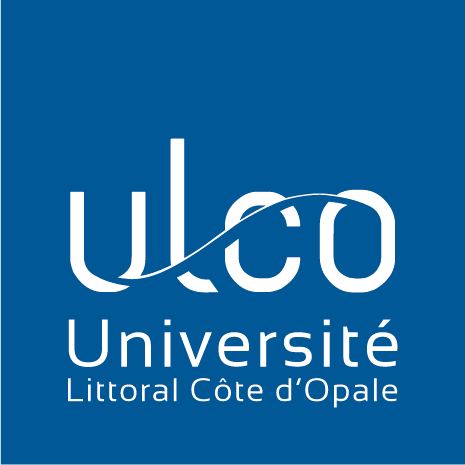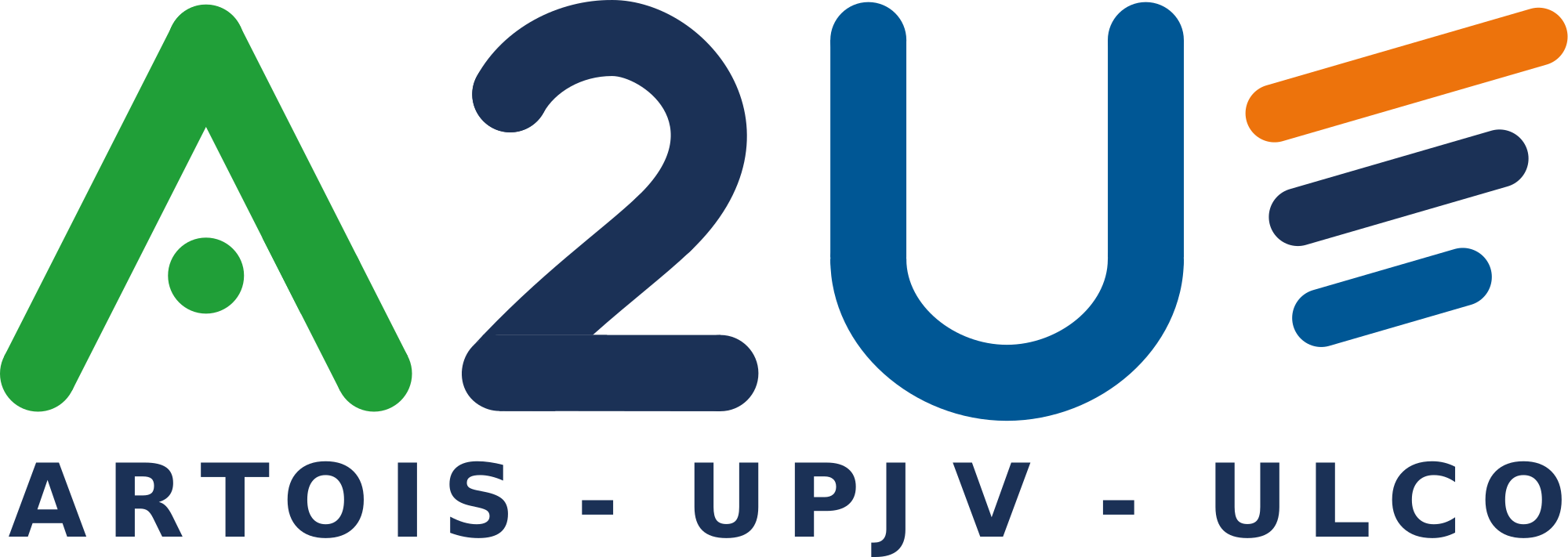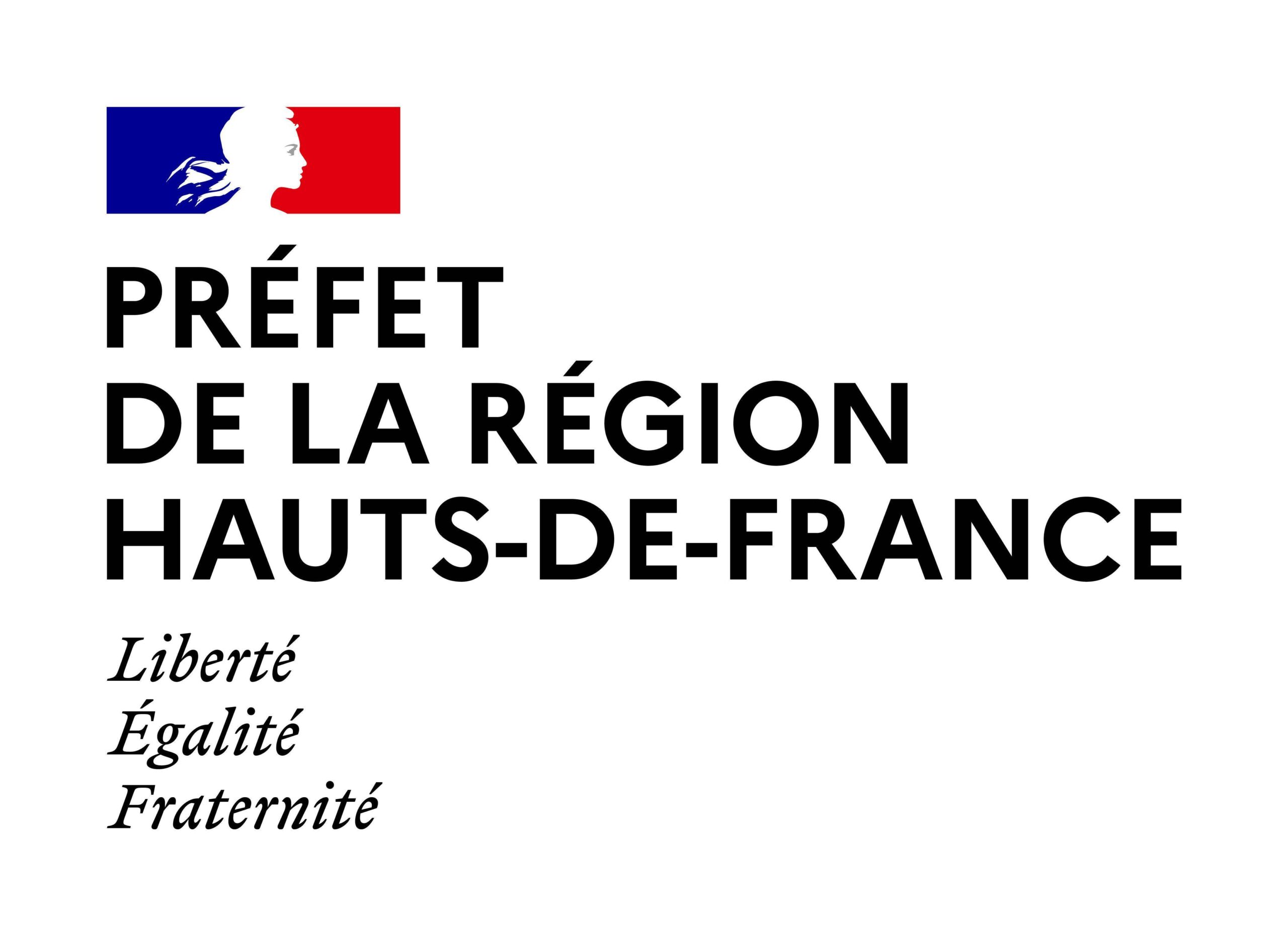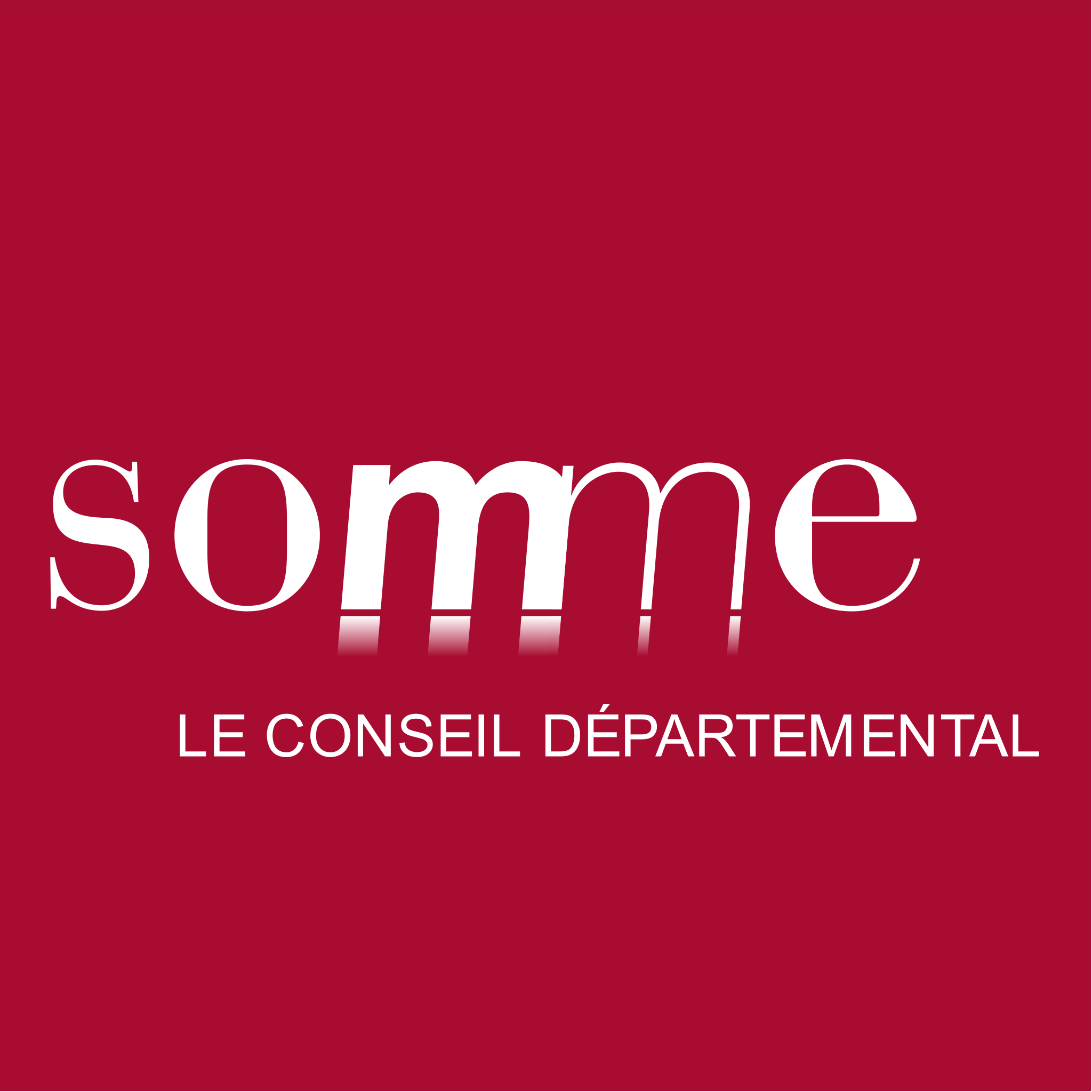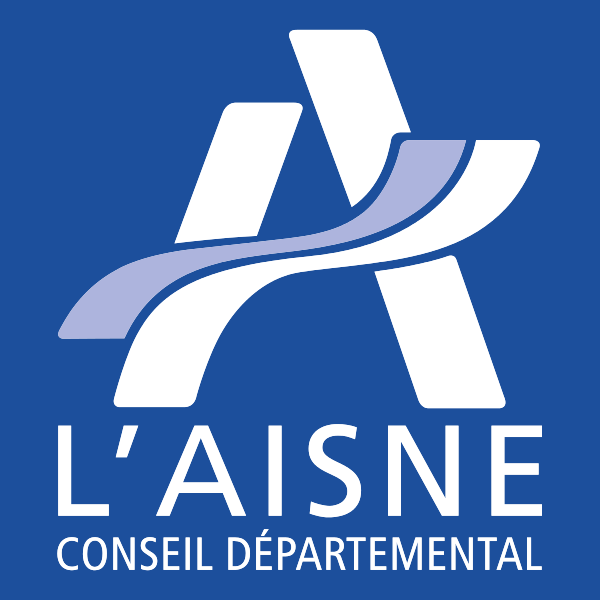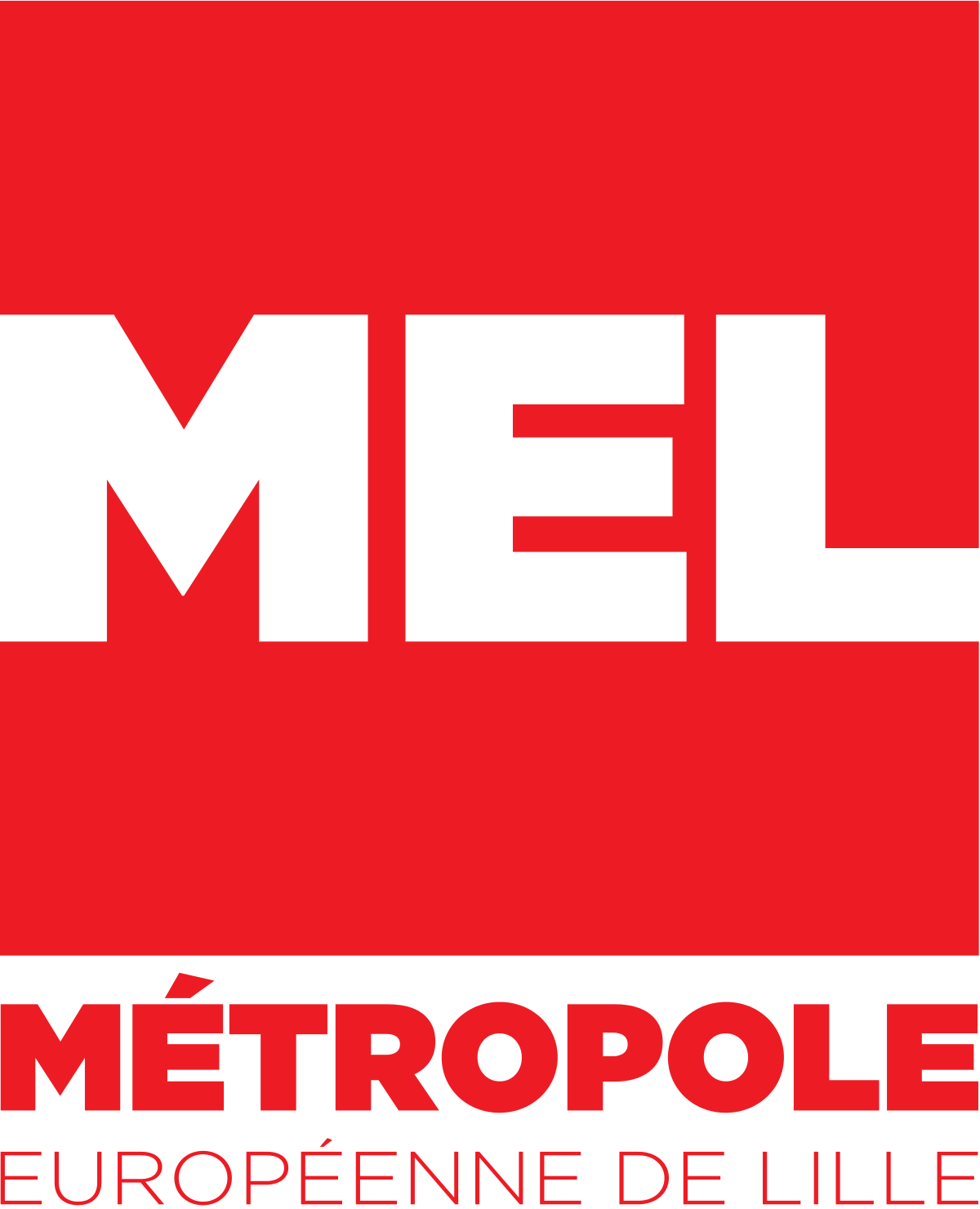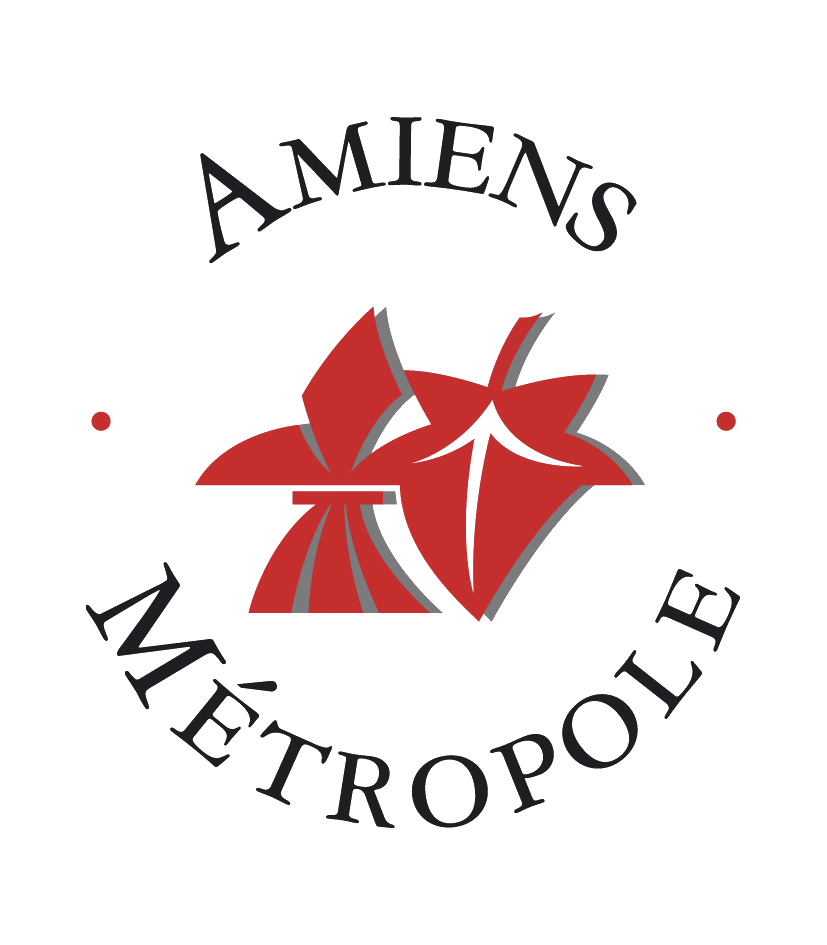The development of renewable energies, often intermittent by nature, requires the use of energy storage means. This project focuses on the storage of thermal energy using phase change materials (PCM). These are substances capable of undergoing a change of state, typically between solid and liquid states, while absorbing or releasing thermal energy. The targeted application is the production of solar hot water. Heat is stored during the day by the PCM as it transitions from solid to liquid state, and then released for use as it returns to the solid state. The objective is to leverage the expertise and aquipment of UDSMM in the field of photothermal techniques to complement previous thermophysical studies on this type of material. Photothermy involves illuminating a material and measuring the resulting slight temperature increase. Analysis of this allows determination of how thermophysical parameters evolve with temperature with very high resolution. To successfully carry out this project, a particular photothermal technique, suitable for studying phase transitions due to its high sensitivity, has been selected: photopyroelectricity. In this approach, a pyroelectric sensor is brought into contact with the PCM. The electrical signal generated by the sensor depends on the thermal parameters of the PCM, and its analysis allows extraction of these parameters. Furthermore, the photopyroelectric technique will determine thermal conductivity and specific heat, important parameters in thermal energy storage applications, around the phase transition. This approach to studying phase change materials is entirely innovative. The aim is particularly to better understand the mechanism of supercooling, which limits the performance of PCMs for thermal energy storage.
